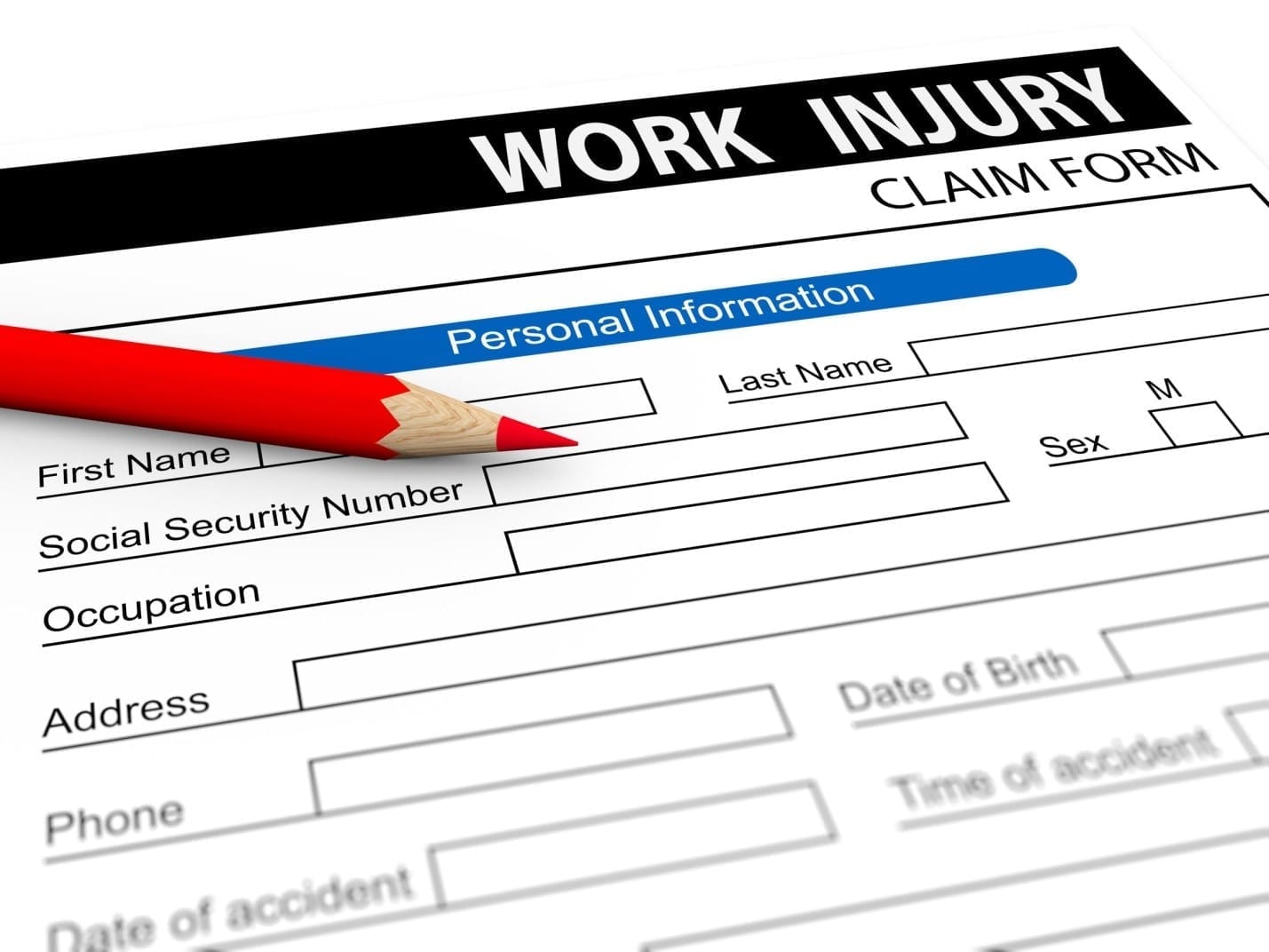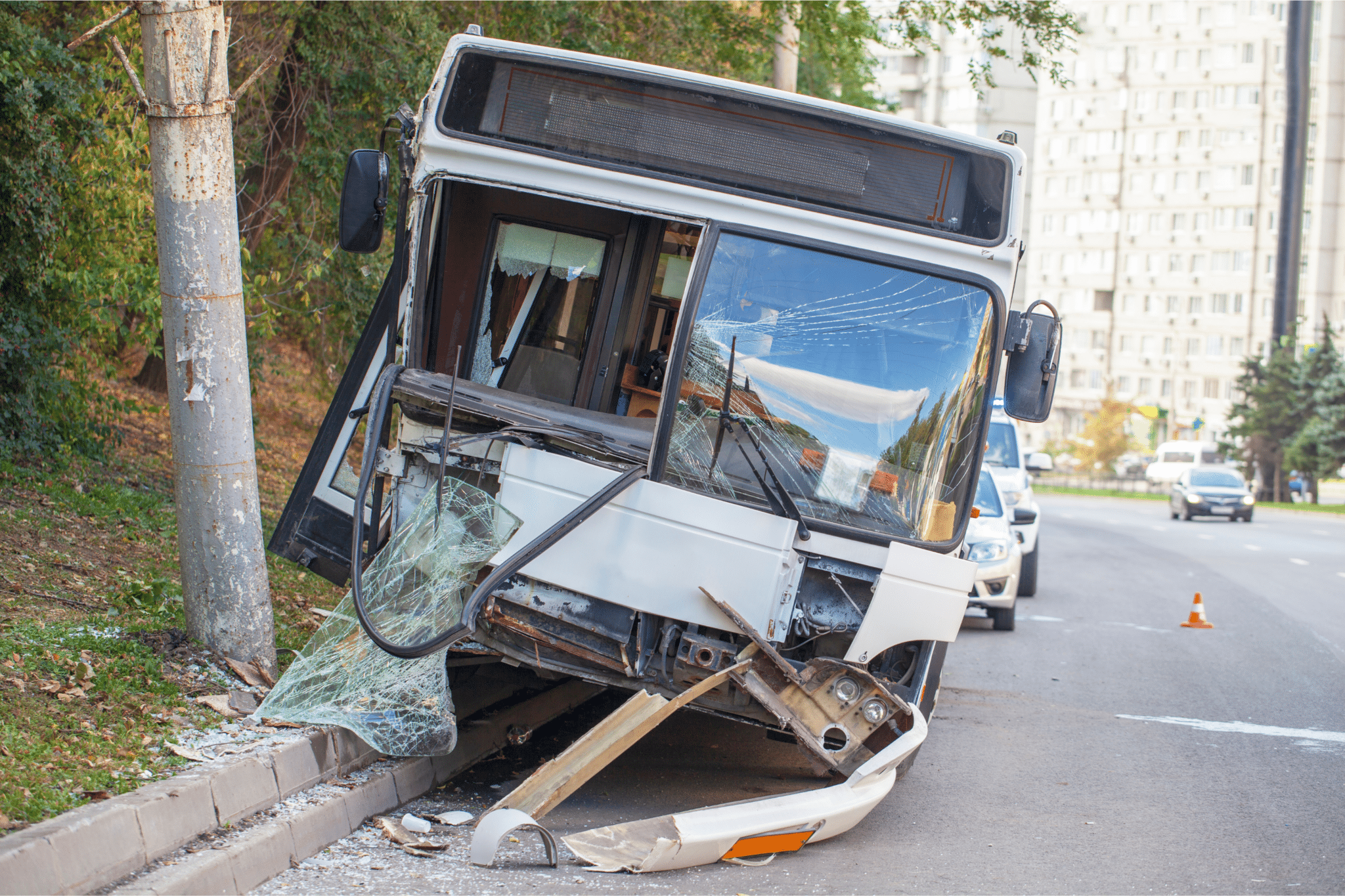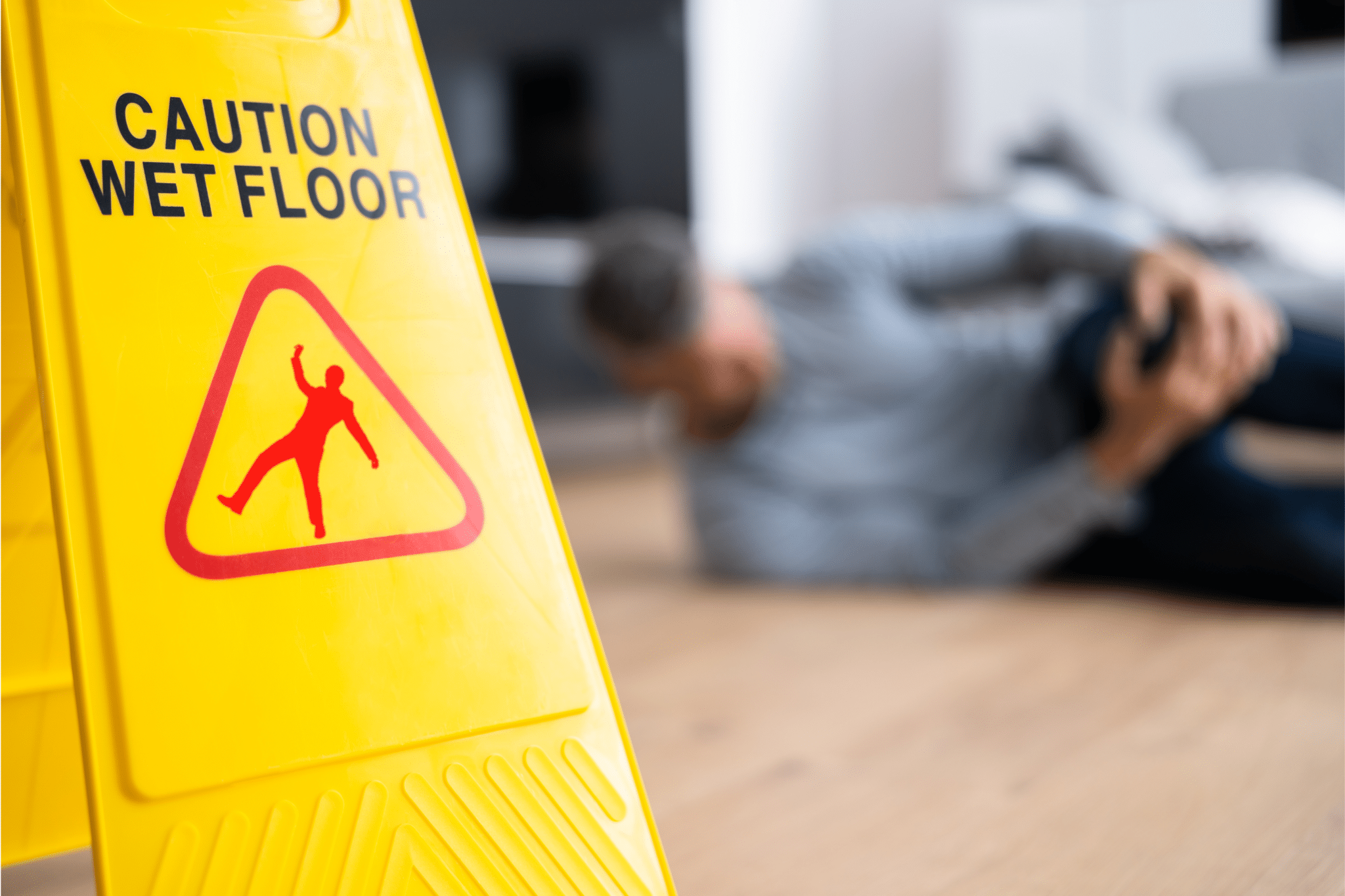Seven Common Causes of Workplace Injuries and Fatalities
Whether you work in law enforcement or data entry, every workplace has its own share of health risks and opportunity for injuries and fatalities. According to the Occupational Safety and Health Administration, 4,405 employees were killed on the job in the U.S. last year—that averages out to 85 deaths per week or over 12 deaths per day. A great deal more suffered injury or illness.
While your office, storefront, or worksite might seem relatively safe, there may be hazards to your health and well-being you may not have considered. To protect yourself from undue harm or illness, it’s important to understand and recognize common causes of workplace injuries and accidents. Below is a list of seven common perpetrators of workplace injury and fatalities, and tips on how to avoid them.
1) Overexertion. If you frequently move or carry heavy items—such as boxes, furniture, and equipment—or if you are standing for prolonged periods of time, you may experience overexertion. Overexertion can result in severe musculoskeletal disorders, including carpal tunnel syndrome, tendonitis, and tension neck syndrome. These disorders can cause aching, fatigue, and weakness, and limit your capacity to perform normal physical tasks.
To avoid overexertion, practice safe techniques while doing any strenuous work, lifting from your legs rather than your back and stopping if something feels wrong. When standing or sitting, avoid awkward postures that place excessive force on joints and muscles. Change positions frequently.
2) Dangerous machinery. Even if you’ve been using your drill, forklift, or culinary knives for years, there’s always a chance for serious injury and fatalities when using large and potentially dangerous equipment.
Don’t put yourself at risk—wear appropriate protective gear, and familiarize yourself and those around you with safety precautions. Never leave dangerous equipment unattended or out overnight.
3) Defective equipment. Malfunctioning or damaged machinery can cause fatal and non-fatal accidents, even when handled correctly. Defective equipment can cause a sweeping range of injuries, from lost limbs to blindness.
Inspect all the equipment you use regularly for signs of deterioration and damage—such as frayed wires or lose parts. If you spot anything suspicious, stop using the equipment immediately and report it to an appropriate authority.
4) Falls. Wet or slippery floors, loose carpets or tiles, and dim lighting can all put you at risk for falling. Slipping and falling can result in serious injuries to your back or head trauma. In some cases, slip and fall injuries can lead to early death—particularly when suffered by elderly employees.
Reduce opportunity for slips and falls by keeping workplaces organized and free from clutter. Always put up signs to point out wet floors or unsafe walkways.
5) Transportation accidents. Car accidents are a leading cause of death in the U.S., and anyone who operates a motor vehicle for work is also at risk. This includes truck drivers, bus drivers, and employees who drive cars to and from work.
At work, practice the same careful and responsible driving techniques as you would on your personal time. Exercise extra caution when driving large vehicles like powered industrial trucks.
6) Repetitive motion. While repetitive motion injuries may not seem as dramatic as other workplace injuries, they can have serious long-term effects. Fixed-position activities such as typing on the computer can stress tendons, muscles, and joints, causing back and neck pain, eye problems, and carpal tunnel syndrome. Office workers are particularly vulnerable to this type of injury.
To keep from putting unnecessary strain on your body, take regular breaks and set up a workstation with ergonomic equipment, such as arm supports, keyboard trays, and desk slants.
7) Toxic substances. Common chemicals in the workplace—such as asbestos, benzene, and chromium compounds—can cause severe illness, injury, and death. Sometimes damaging effects are perceptible straightaway. Other times, however, it takes years before symptoms begin to show.
Strictly adhere to approved procedures when handling potentially toxic substances. Wear masks, gloves, and other appropriate protective gear. Dispose of materials safely, or store them in recommended containers that are clearly labeled with warning signs. Whenever possible, substitute a toxic material with a less hazardous substance.
Even the most responsible, attentive, and experienced employee can suffer serious injury in the workplace. These measures can only reduce your chances of falling victim to injury or fatality—they can’t eliminate them entirely. If you or a loved one is injured or killed in a work-related incident, you are entitled to reparation. And if the incident was the result of an employer’s or manufacturer’s negligence or unsafe working conditions, you may be eligible for reparation and benefits beyond standard worker’s compensation.
To ensure your rights are being protect and get a fair settlement for your grievance, contact a personal injury lawyer with experience in workplace-injury cases. With a seasoned attorney on your side, you can obtain the compensation necessary to cover costly medical bills and time off from work, and to support you on your way to recovery.
About the Author:
Andrew Winston is a partner at the personal injury law firm of The Law Office of Andrew Winston. He has been recognized for excellence in the representation of injured clients by admission to the Million Dollar Advocates Forum, is AV Rated by the Martindale-Hubbell Law Directory, and was recently voted by his peers as a Florida “SuperLawyer”-an honor reserved for the top 5% of lawyers in the state-and to Florida Trend’s “Legal Elite.”
 Patients Don’t Report Medical Errors— But They Should
Patients Don’t Report Medical Errors— But They Should 



















